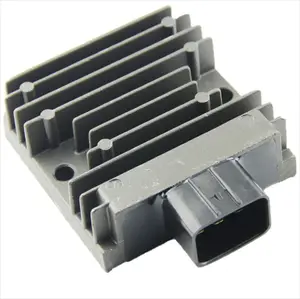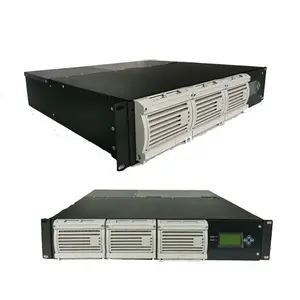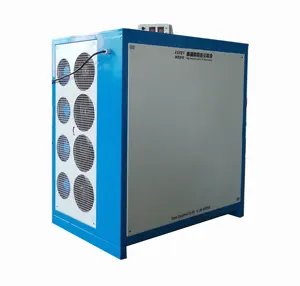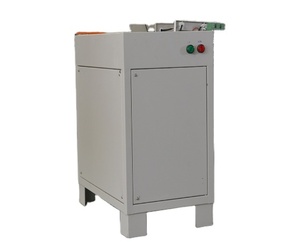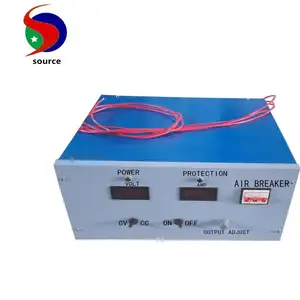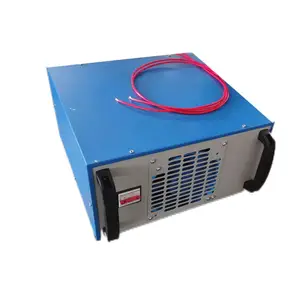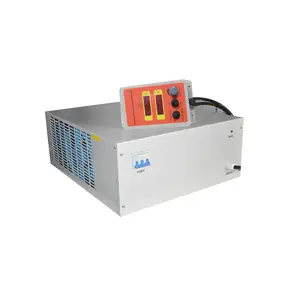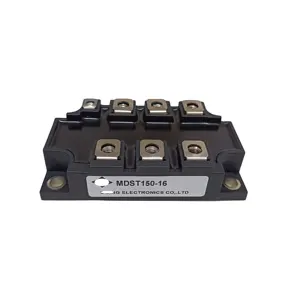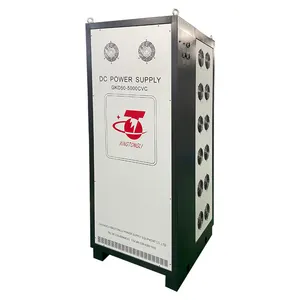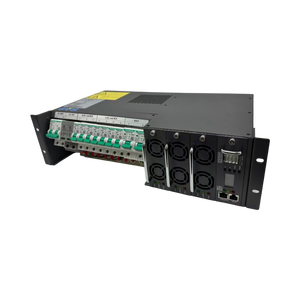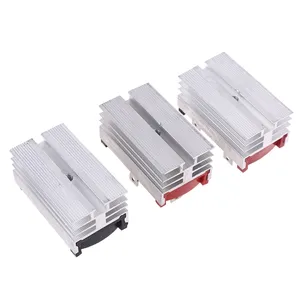3 Phase Full Wave Rectifier Output Voltage Formula
















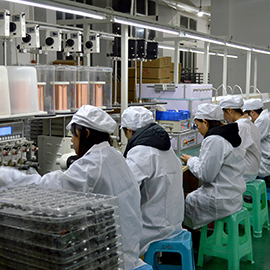


















































About 3 phase full wave rectifier output voltage formula
Where to Source 3 Phase Full Wave Rectifier Output Voltage Formula Components?
Global supply of 3-phase full wave rectifier components is primarily driven by specialized electrical and electronic manufacturers in China, with key production clusters in Henan, Taizhou, Fuan, Beijing, and Chongqing. These regions host vertically integrated facilities capable of producing precision rectifier modules, regulator-rectifier assemblies, and diode bridge configurations used in industrial power systems, motorcycle electrical units, and generator applications.
Suppliers leverage localized semiconductor and metal fabrication ecosystems to maintain cost efficiency and rapid prototyping capabilities. The average facility operates with lean production lines focused on discrete semiconductor modules and voltage regulation systems, enabling MOQ flexibility from single pieces to bulk orders exceeding 100 units. Proximity to raw material suppliers—particularly copper, aluminum, and silicon wafers—reduces component lead times by 15–25% compared to offshore alternatives.
How to Evaluate 3 Phase Full Wave Rectifier Suppliers?
Procurement decisions should be guided by structured evaluation criteria focusing on technical reliability, operational performance, and transactional transparency.
Technical Specifications & Product Accuracy
Verify that product listings explicitly reference the correct topology: a 3-phase full wave rectifier (typically a 6-diode bridge configuration). The theoretical average output voltage follows the formula:
Vdc = (3√2 / π) × VL-L ≈ 1.35 × VL-L, where VL-L is the line-to-line RMS AC input voltage. Suppliers providing incorrect or ambiguous formulas may lack engineering rigor. Confirm datasheets include ripple factor, peak inverse voltage (PIV), and current ratings aligned with application requirements.
Production and Customization Capability
Assess supplier capacity based on infrastructure indicators:
- In-house design and testing for regulator-rectifier integration
- Support for OEM/ODM customization including thermal management, connector types, and PCB layout
- Use of high-temperature soldering and encapsulation techniques for durability in automotive and industrial environments
Cross-reference product variety with specialization depth—suppliers listing hundreds of motorcycle-specific units often have mature QA processes for vibration-resistant designs.
Quality Assurance and Delivery Performance
Prioritize suppliers with documented quality control systems. While formal ISO 9001 certification is not always listed, on-time delivery rates above 97% and response times under 4 hours indicate operational discipline. Reorder rates above 20% suggest customer satisfaction with product consistency and after-sales support.
What Are the Leading 3 Phase Full Wave Rectifier Component Suppliers?
| Company Name | Location | Main Products | Online Revenue | On-Time Delivery | Avg. Response | Reorder Rate | MOQ Range | Price Range (USD) |
|---|---|---|---|---|---|---|---|---|
| Henan Duochuan Trading Co., Ltd. | Henan, CN | Motorcycle Body Systems, Brake Pads, Transmissions | US $30,000+ | 98% | ≤2h | 20% | 1–100 pcs | $9.90–$25 |
| Taizhou Duolan Trading Co., Ltd. | Taizhou, CN | Motorcycle Meter, Lighting, Fuel System | US $100,000+ | 95% | ≤4h | 16% | 1–2 pcs | $9.90–$17.54 |
| Fuan Vision Machinery & Electric Co., Ltd. | Fuan, CN | Half-wave bridges, Generator components, Diodes | US $290,000+ | 99% | ≤2h | 17% | 1–5 pcs | $12–$31 |
| Beijing Jxf Electronics Co., Ltd. | Beijing, CN | Semiconductor Modules, ICs, Thyristors | US $290,000+ | 100% | ≤3h | <15% | 1–2 pcs | $30–$80 |
| Chongqing Dejia Electric Co., Ltd. | Chongqing, CN | Motorcycle Electrical & Ignition Systems | US $9,000+ | 93% | ≤7h | 25% | 1–100 pcs | $1.30–$4.20 |
Performance Analysis
Beijing Jxf Electronics demonstrates the highest delivery reliability (100%) and specializes in industrial-grade semiconductor modules, making it ideal for high-power applications requiring robust thermal and electrical performance. Chongqing Dejia Electric offers the lowest unit prices ($1.30 at scale), indicating strong cost optimization for high-volume buyers despite slower response times. Fuan Vision and Henan Duochuan balance moderate pricing with solid delivery metrics and customization options such as labeling and packaging.
Notably, Chongqing Dejia leads in reorder rate (25%), suggesting strong end-user satisfaction in niche motorcycle markets. In contrast, higher-priced suppliers like Beijing Jxf cater to technical buyers prioritizing module integrity over cost, evidenced by their focus on discrete semiconductor packaging and SCR-integrated designs.
FAQs
What is the correct output voltage formula for a 3-phase full wave rectifier?
The average DC output voltage is calculated as Vdc = 1.35 × VL-L, assuming resistive load and ideal diodes. This derives from the mathematical expression (3√2 / π) × VL-L. Ripple voltage and actual load conditions will affect real-world output.
Do these rectifiers require heat sinks?
Yes, especially in continuous operation above 10A. High-power models from suppliers like Beijing Jxf and Fuan Vision are designed with mounting flanges for integration into cooling systems. Confirm thermal resistance ratings before deployment.
Can I request custom rectifier configurations?
Multiple suppliers, including Fuan Vision and Chongqing Dejia, explicitly list customization options for color, logo, packaging, and electrical parameters. Submit detailed schematics or reference part numbers to initiate engineering review.
What are typical lead times for samples and bulk orders?
Sample lead time ranges from 5–15 days depending on complexity. Bulk production cycles average 20–30 days post-deposit. Express shipping adds 3–7 days for international delivery.
Are there export compliance considerations?
While most rectifiers fall under general electronics trade codes, ensure conformity with destination-market standards such as CE (Europe), UL (North America), or EAC (CIS countries) if integrating into certified equipment. Request test reports for voltage tolerance and insulation resistance where applicable.









